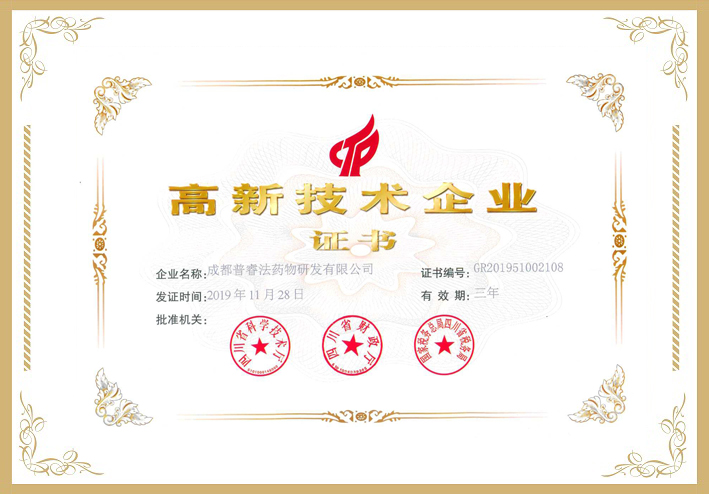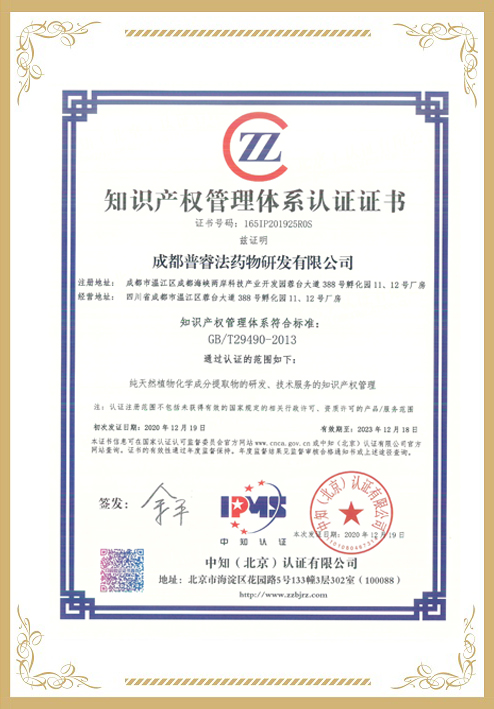Purpose
Ulcerative colitis (UC) is a chronic and non-specific inflammatory bowel disease that poses a serious threat to individuals' health and lives. Notoginsenoside R1 (R1) alleviates various symptoms caused by UC effectively. However, the application of R1 is somewhat restricted due to its low bioavailability and nontargeted delivery in vivo. Consequently, it is imperative to develop novel strategies to overcome the aforementioned limitations and enhance the efficacy of this drug. To enhance R1's efficacy and targeting ability, polyethylene glycol poly (lactic-co-glycolic acid) nanoparticles loaded with R1 (R1@PEG–PLGA NPs) modified by transferrin (Tf) were prepared in this study and named R1@Tf–PEG–PLGA NPs.
Methods
R1@PEG–PLGA NPs and R1@Tf–PEG–PLGA NPs were prepared through nanoprecipitation, and the characterization methods were as follows: First, the surface morphology of the NPs was studied through transmission electron microscopy. Second, particle size, polydispersity index (PDI), and zeta potential were measured with a Malvern particle size analyzer, and the Tf grafting rate on the surface of the NPs was determined by using a bicinchoninic acid protein quantification kit. Third, high-performance liquid chromatography was used in determining the drug load (DL), entrapment efficiency (EE), and in vitro release of the prepared preparation. In addition, the fluorescence intensities of fluorescent-labeled NPs absorbed and ingested in Caco-2 cells were observed through in vitro experiments using fluorescence microscopy; the effects of incubation time, incubation temperature, and endocytosis inhibitors on the uptake of nanoparticles were compared; and the uptake-transport mechanism was explored. Finally, in vivo experiments were performed using the oxazolone (OXZ)-induced UC model in Sprague–Dawley (SD) rats to assess the pharmacodynamic effects and tissue distribution of the prepared NPs.
Results
The experimentally prepared R1@Tf–PEG–PLGA NPs were round particles with particle size and PDI of 153.50 ± 2.01 and 0.11 ± 0.01, respectively. In addition, the DL of R1@Tf-PEG-PLGA NPs was 24.26% ± 0.18%, and the EE was 50.32% ± 0.86%. Furthermore, R1@Tf–PEG–PLGA NPs had a slower cumulative release rate in vitro than R1 and R1@PEG–PLGA NPs. Fluorescence results showed that under the same conditions, Caco-2 cells took up more Tf-PEG–PLGA NPs than they took up PEG–PLGA NPs. Studies on the cellular uptake mechanism of absorption and uptake determined that the PEG–PLGA NPs entered the cells mainly through fovea-mediated endocytosis, whereas the Tf–PEG–PLGA NPs entered the cells mainly through fovea-mediated and lattice protein-mediated endocytosis. In vivo intestinal tissue distribution results in OXZ-induced SD rats showed that R1@Tf–PEG–PLGA NPs were more enriched in the colon than R1 and R1@PEG–PLGA NPs, and pharmacodynamic evaluation showed that R1@Tf–PEG–PLGA NPs exhibited more pronounced effects in ameliorating colonic injury.
Conclusion
R1@Tf–PEG–PLGA NPs showed significant colonic targeting and anti-UC effect, showing promising applications.























